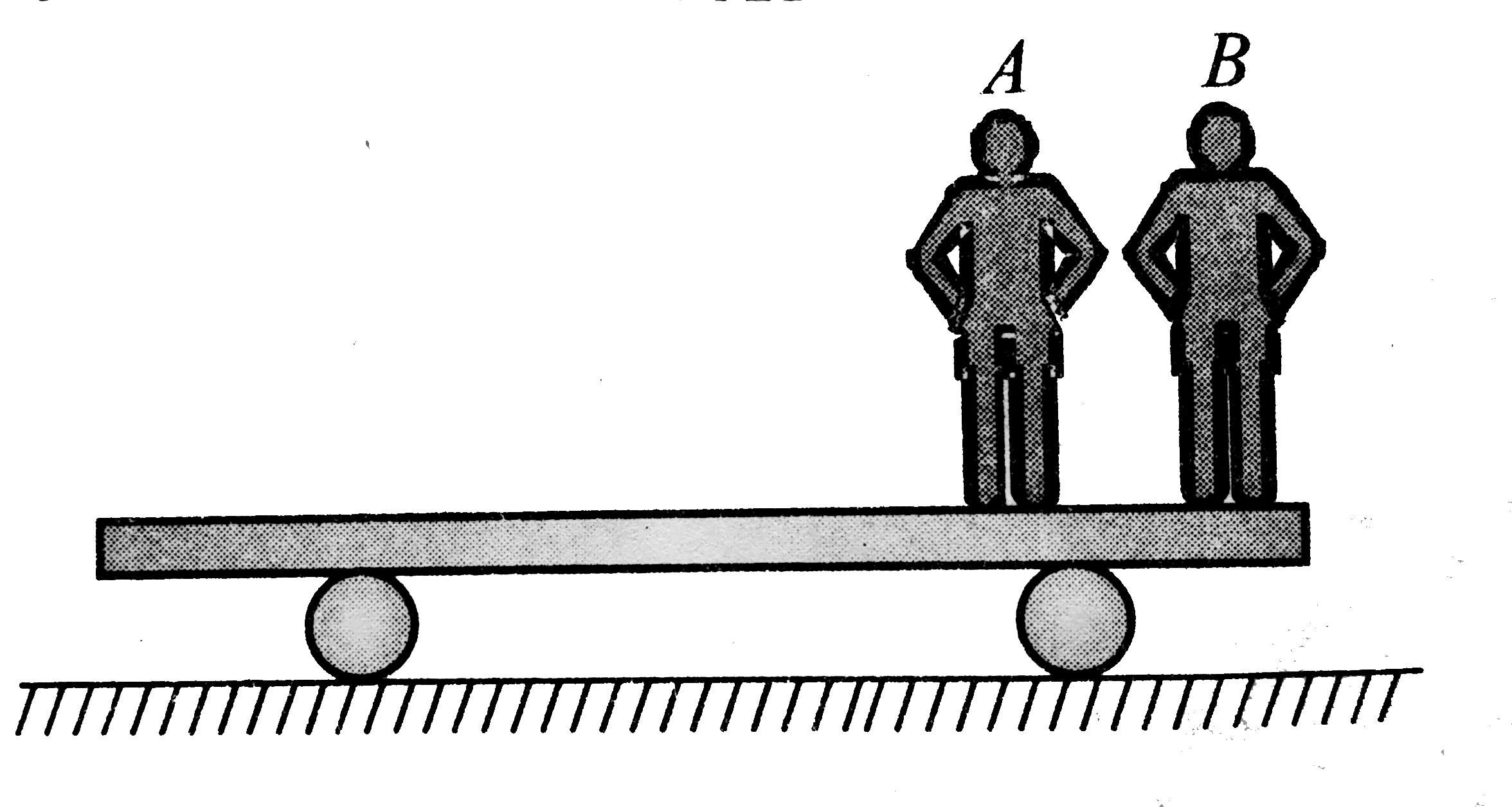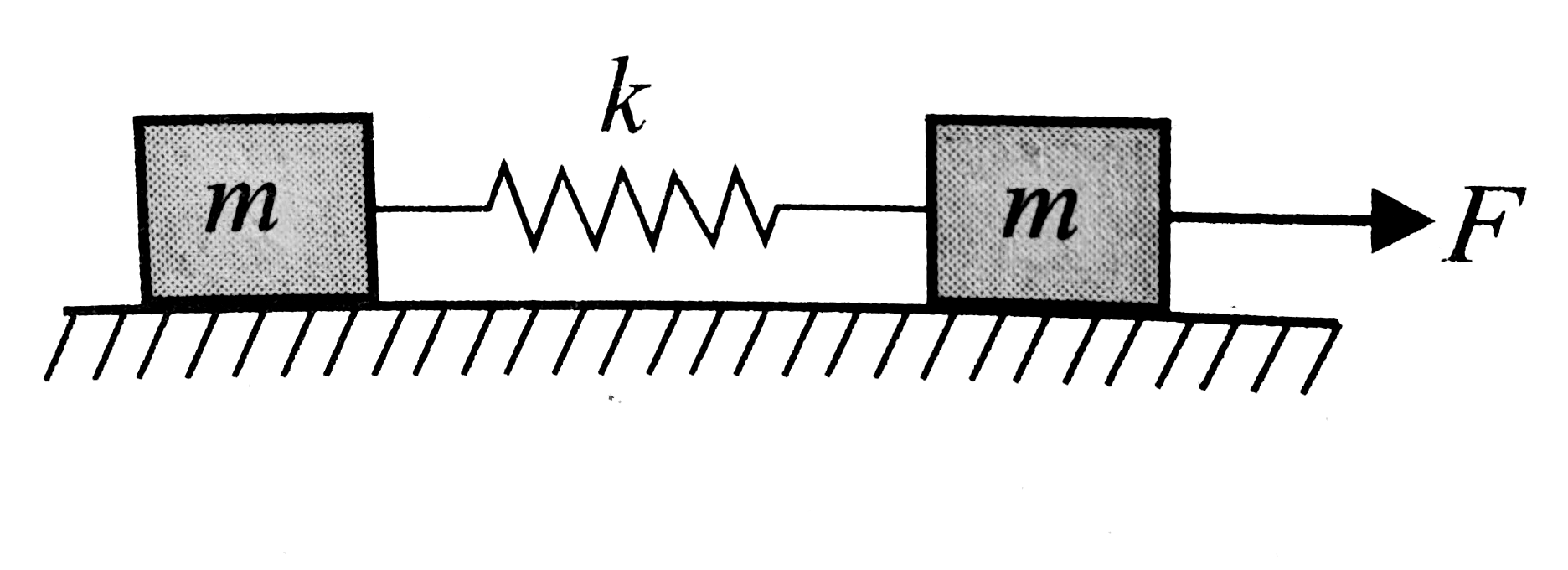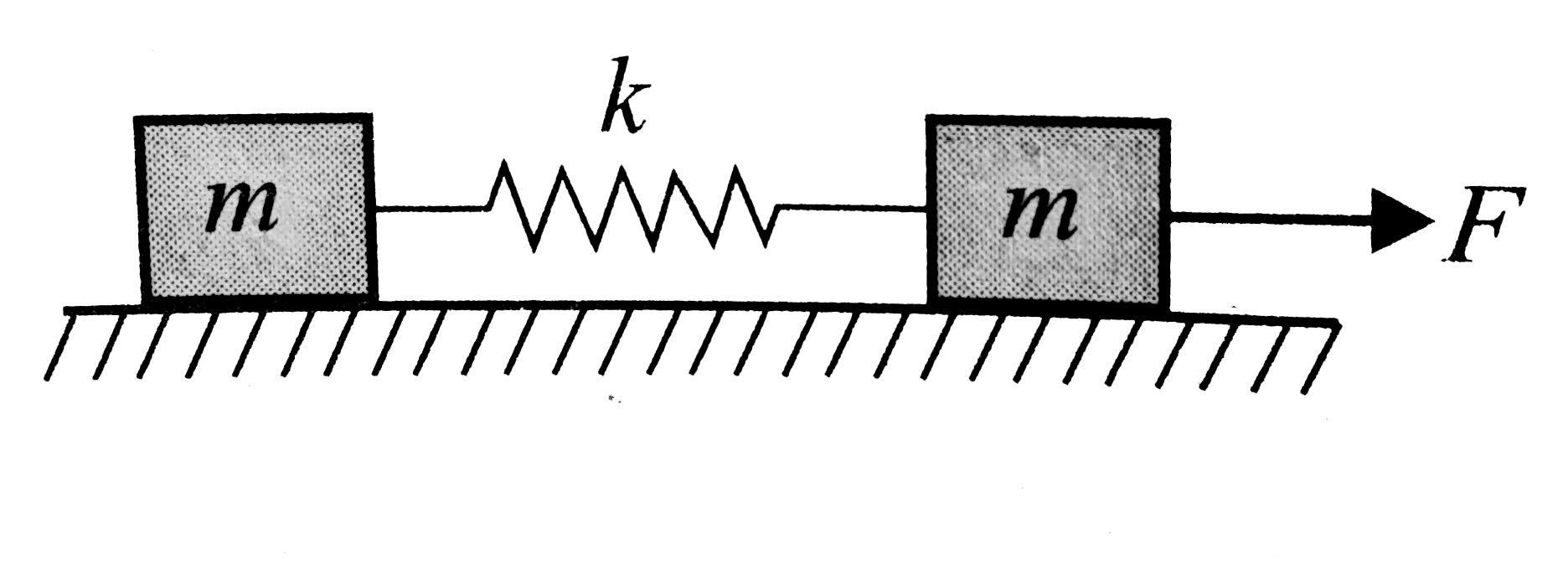A : A person on a frictionless surface can get away from it by blowing air out of his mouth
R : For every action there is an equal and opposite reaction.
If both Assertion & Reason are true and the reason is the correct explanation of the assertion
If both Assertion & Reason are true but the reason is not the correct explanation of the assertion
If Assertion is true statement but Reason is false
If both Assertion and Reason are false statements
To solve the question, we will analyze the assertion and the reason step by step.
Step 1: Understand the Assertion
The assertion states that a person on a frictionless surface can get away from it by blowing air out of his mouth. This implies that the act of blowing air creates a force that allows the person to move.
Hint: Consider how forces interact in a frictionless environment.
Step 2: Identify the Forces Involved
When the person blows air, they exert a force on the air. According to Newton's third law of motion, for every action, there is an equal and opposite reaction. Therefore, the air exerts an equal and opposite force back on the person.
Hint: Recall Newton's third law of motion and how it applies to action-reaction pairs.
Step 3: Analyze the Motion
On a frictionless surface, the only horizontal force acting on the person is the reaction force from the air. If we denote the force exerted by the person on the air as F, then the air exerts a force of −F (in the opposite direction) on the person.
Hint: Think about how forces affect motion and how to apply Newton's second law.
Step 4: Apply Newton's Second Law
According to Newton's second law, the net force acting on the person will cause them to accelerate. The net force Fnet acting on the person is equal to −F (the reaction force from the air):
Fnet=−F
Using Newton's second law, we can express this as:
Fnet=m⋅a
Where m is the mass of the person and a is their acceleration. Thus, we have:
m⋅a=−F
From this equation, we can see that the acceleration a of the person is in the direction opposite to the force F exerted on the air.
Hint: Use the relationship between force, mass, and acceleration to understand how the person moves.
Step 5: Conclusion
Since the assertion states that a person can move away from the surface by blowing air, and we have established that the reaction force from the air allows for this motion, we conclude that the assertion is true.
Furthermore, the reason provided (for every action, there is an equal and opposite reaction) correctly explains why the assertion is true. Therefore, both the assertion and the reason are true, and the reason is the correct explanation of the assertion.
Final Answer: Both assertion and reason are true, and the reason is the correct explanation of the assertion.
The assertion states that a person on a frictionless surface can get away from it by blowing air out of his mouth. This implies that the act of blowing air creates a force that allows the person to move.
When the person blows air, they exert a force on the air. According to Newton's third law of motion, for every action, there is an equal and opposite reaction. Therefore, the air exerts an equal and opposite force back on the person.
On a frictionless surface, the only horizontal force acting on the person is the reaction force from the air. If we denote the force exerted by the person on the air as F, then the air exerts a force of −F (in the opposite direction) on the person.
According to Newton's second law, the net force acting on the person will cause them to accelerate. The net force Fnet acting on the person is equal to −F (the reaction force from the air):
Since the assertion states that a person can move away from the surface by blowing air, and we have established that the reaction force from the air allows for this motion, we conclude that the assertion is true.
Topper's Solved these Questions
- LAWS OF MOTIONBOOK - AAKASH INSTITUTE ENGLISHCHAPTER - LAWS OF MOTIONEXERCISE - Assignment (SECTION-C)
63 Videos
- KINETIC THEORYBOOK - AAKASH INSTITUTE ENGLISHCHAPTER - KINETIC THEORYEXERCISE - EXERCISE (ASSIGNMENT) SECTION - D Assertion - Reason Type Questions
10 Videos
- MAGNETISM AND MATTER BOOK - AAKASH INSTITUTE ENGLISHCHAPTER - MAGNETISM AND MATTER EXERCISE - ASSIGNMENT (SECTION D)
26 Videos
Similar Questions
A person left on a frictionless surface wants to get away from it. How can he do so ?
View SolutionSTATEMENT-1: A cloth covers a table. Some dishes are kept on it. The cloth can be pulled out without dislodging the dishes from the table.
STATEMENT-2: For every action there is an equal and opposite reaction.
View SolutionSTATEMENT-1: A cloth covers a table. Some dishes are kept on it. The cloth can be pulled out without dislodging the dishes from the table.
STATEMENT-2: For every action there is an equal and opposite reaction.
View SolutionA : According to Newton's third law of motion for every action, there is an equal and opposite reaction.
R : There is no time lag between action and reaction.
View SolutionA block of mss m is placed on a level frictionless table. The block is attached to a horizontally aligned spring fixed with its other end and is vibrating in a horizontal with the pariod T. Suddenly at the instant of time when the spring comes to the position of euilibrium and becomes unstretched the block disconnects form the spring and continues sliding across the frictionless surface away from the until it encounters loop of radius R. What must be the amplitude of vibrations of the block s on the spring in order for the block to complets one loop without falling down?
_E01_049_Q01.png)
View SolutionTwo persons, A of mass 60kg and B of mass 40kg, are standing on a horizontal platform of mass 50kg. The platform is supported on wheels on a horizontal frictionless surface and is initially at rest. Consider the following situations.

(i) Both A and B jump from the platform simultaneously and in the same horizontal direction.
(ii) A jumps first in a horizontal direction and after a few seconds B also jumps in the same direction. In both the situations above, just after the jump, the person (A or B) moves away from the platform with a speed of 3m/s relative to the platform and along the horizontal.
In situation (i), just after both A and B jump from the platform, velocity of centre of mass of the system (A,B and the platform) is
View SolutionA van is standing on a frictionless portion of a horizontal road. To start the engine, the vehicle must be set in motion in theforward direction. How can the persons sitting inside the van do it without coming out and pushing from behind?
View SolutionTwo blocks of equal mass m are connected by an unstretched spring and the system is kept at rest on a frictionless horizontal surface. A constant force F is applied on the first block pulling away from the other as shown in Fig.

Then the displacement of the centre of mass in at time t is
View SolutionTwo blocks of equal mass m are connected by an unstretched spring and the system is kept at rest on a frictionless horizontal surface. A constant force F is applied on the first block pulling away from the other as shown in Fig.

If the extension of the spring is x0 at time t, then the displacement of the first block at this instant is
View SolutionTwo blocks of equal mass m are connected by an unstretched spring and the system is kept at rest on a frictionless horizontal surface. A constant force F is applied on the first block pulling away from the other as shown in Fig.

If the extension of the spring is x0 at time t, then the displacement of the first block at this instant is
View Solution
